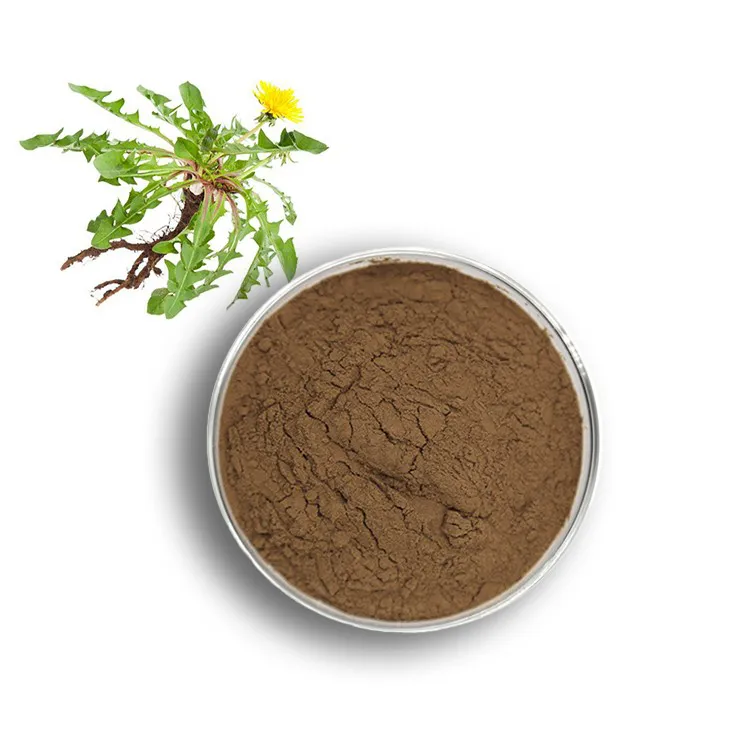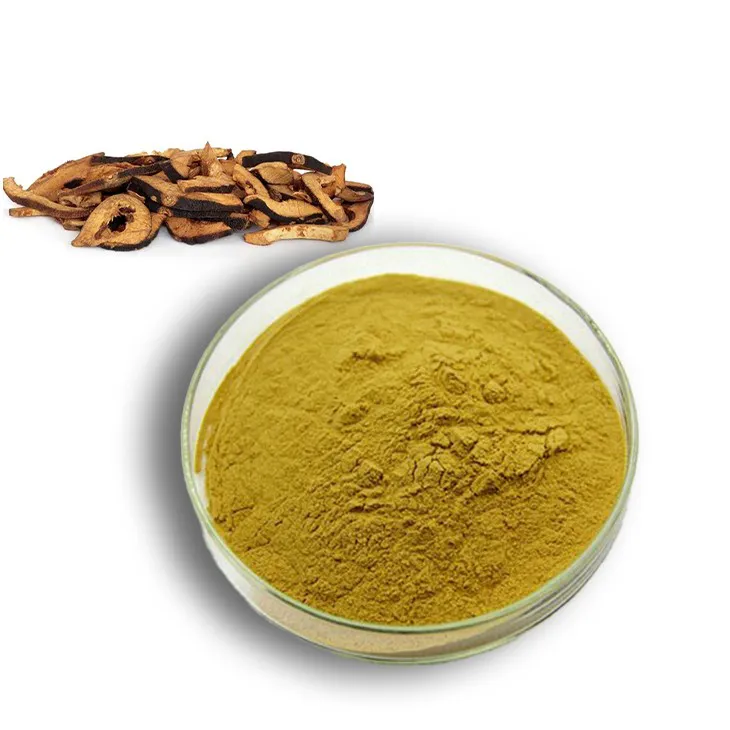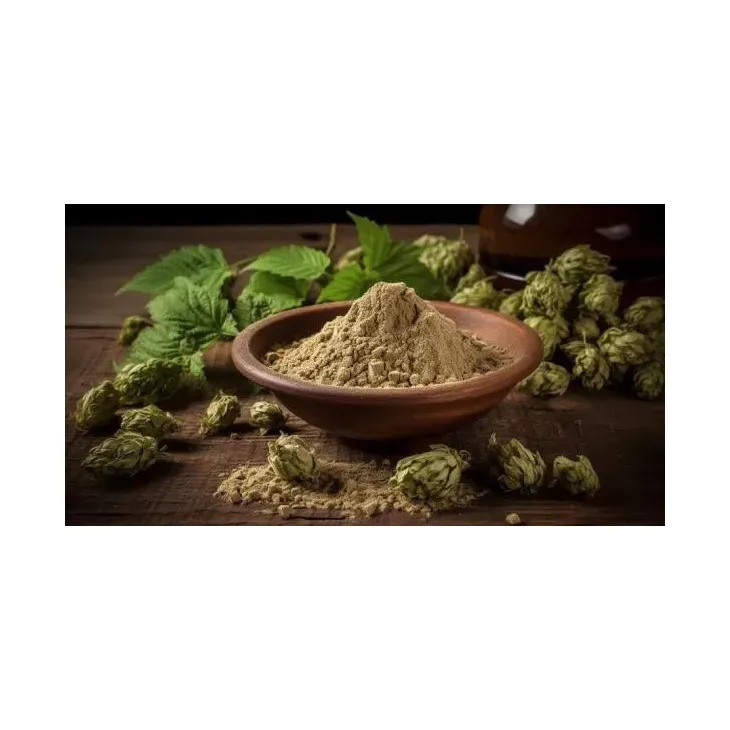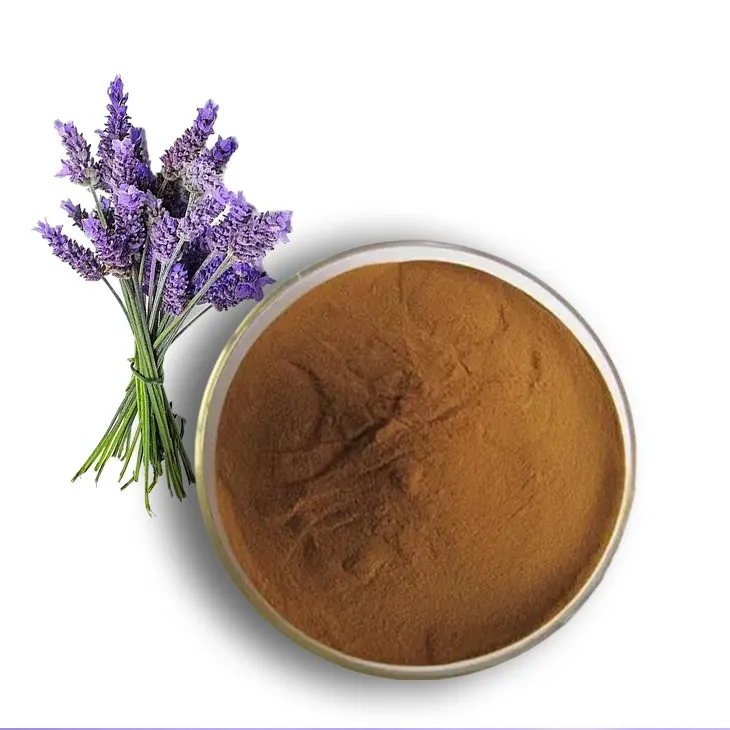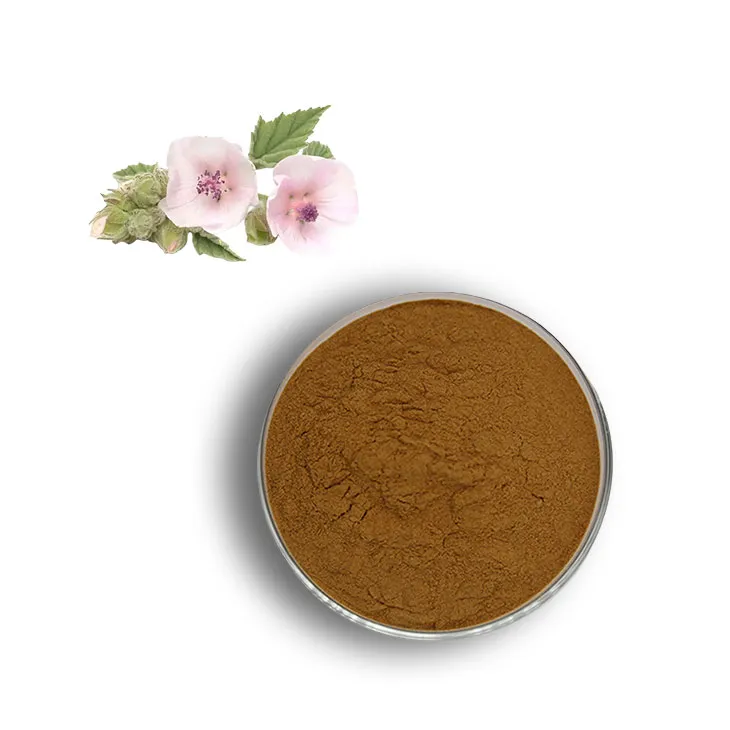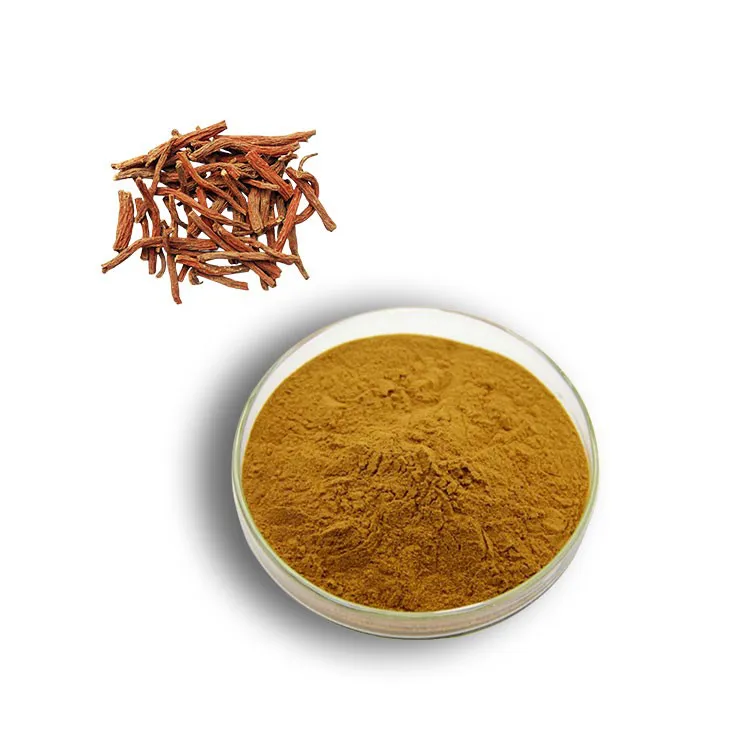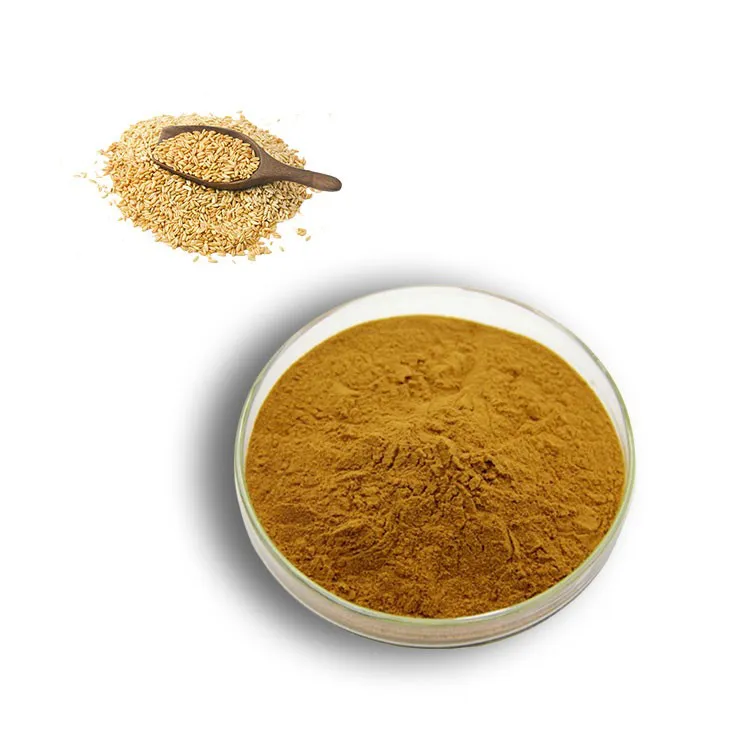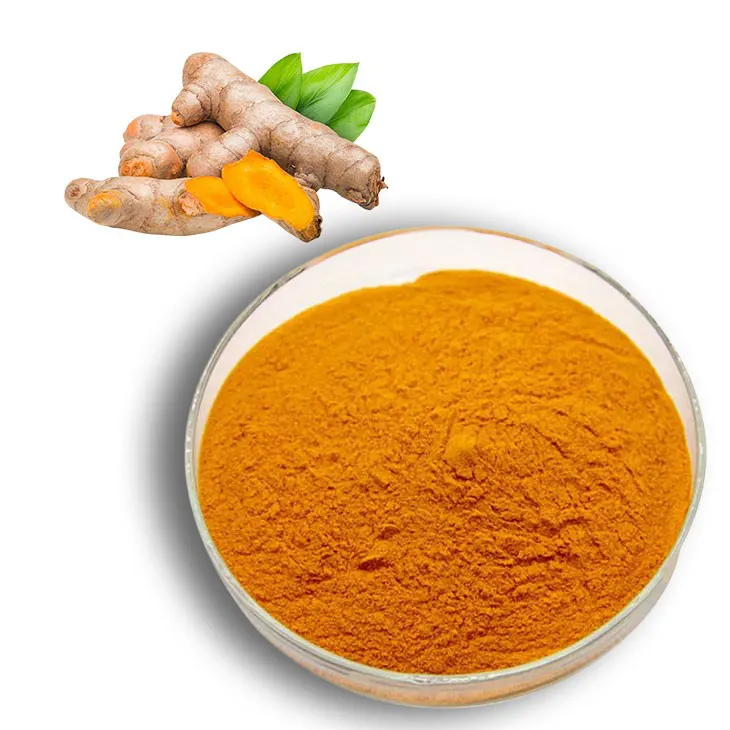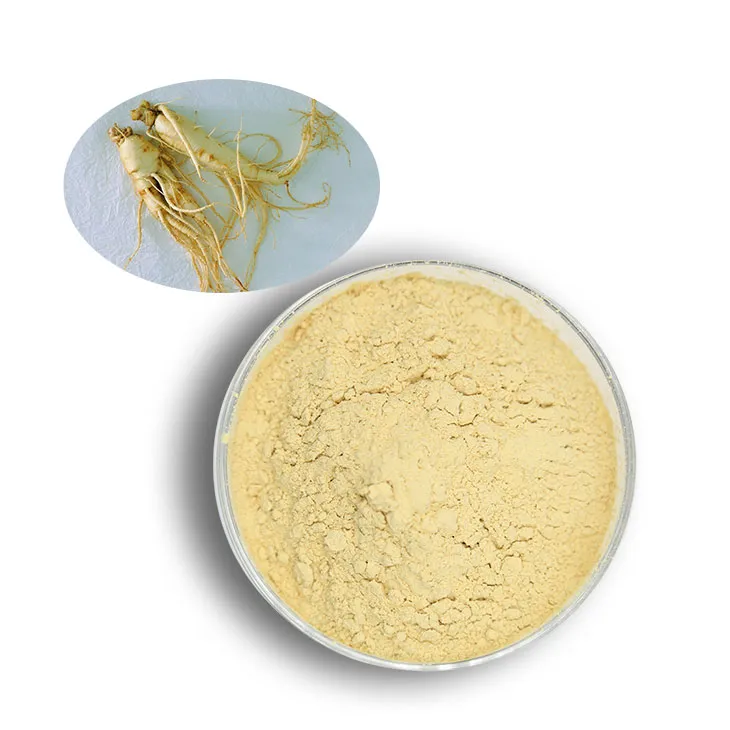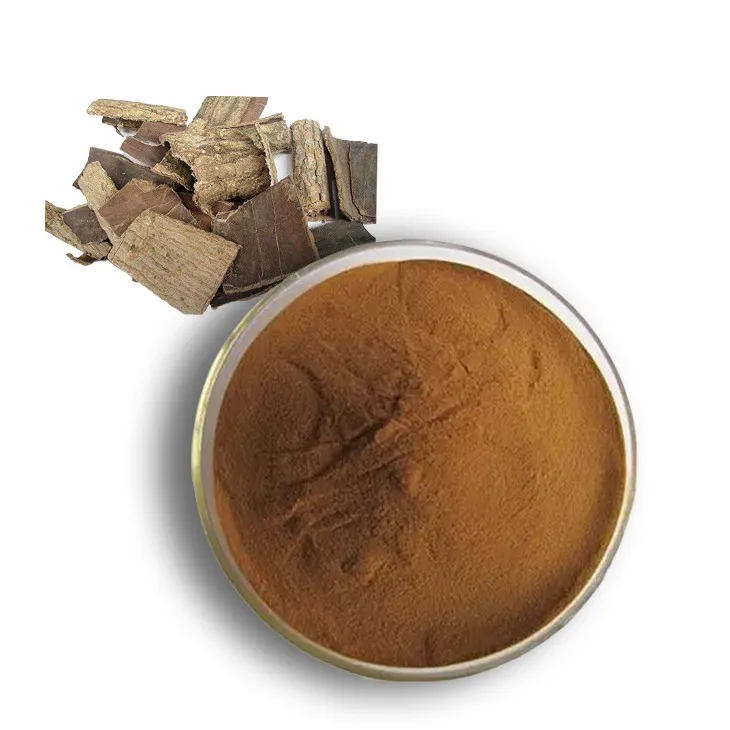- 0086-571-85302990
- sales@greenskybio.com
4 Things Consumers and Manufacturers Should Know about Mulberry Leaf Extract.
2024-12-10
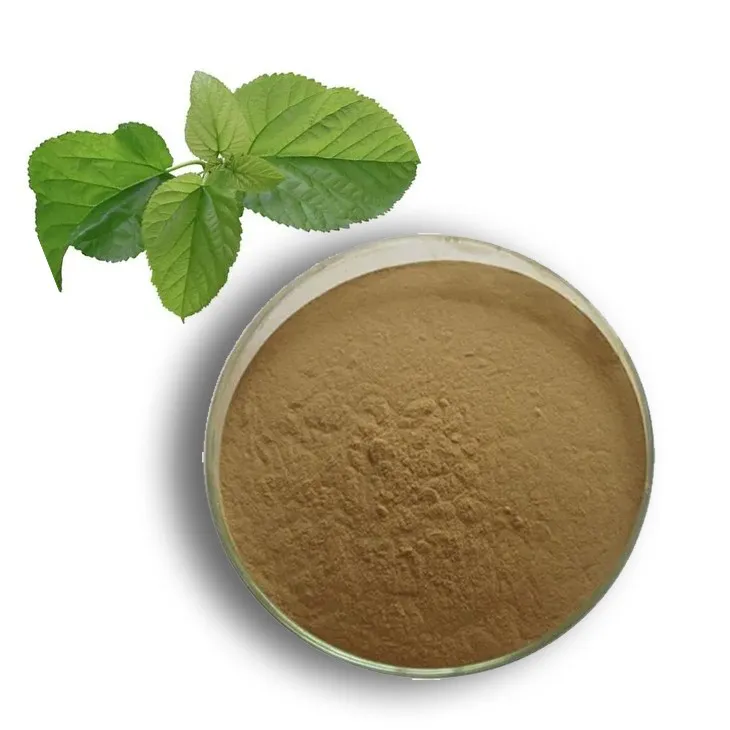
1. Introduction to Mulberry leaf Extract
Mulberry leaf Extract has been gaining increasing attention in recent years. Derived from the leaves of the mulberry tree (Morus alba), this extract is rich in various bioactive compounds. It has a long history of use in traditional medicine, particularly in Asian cultures. The mulberry tree is known for its adaptability and is widely cultivated for silk production as well as for its medicinal properties.
The extraction process typically involves using solvents to isolate the beneficial components from the mulberry leaves. These components include flavonoids, alkaloids, and polysaccharides, which are believed to contribute to the extract's potential health benefits and functional properties.
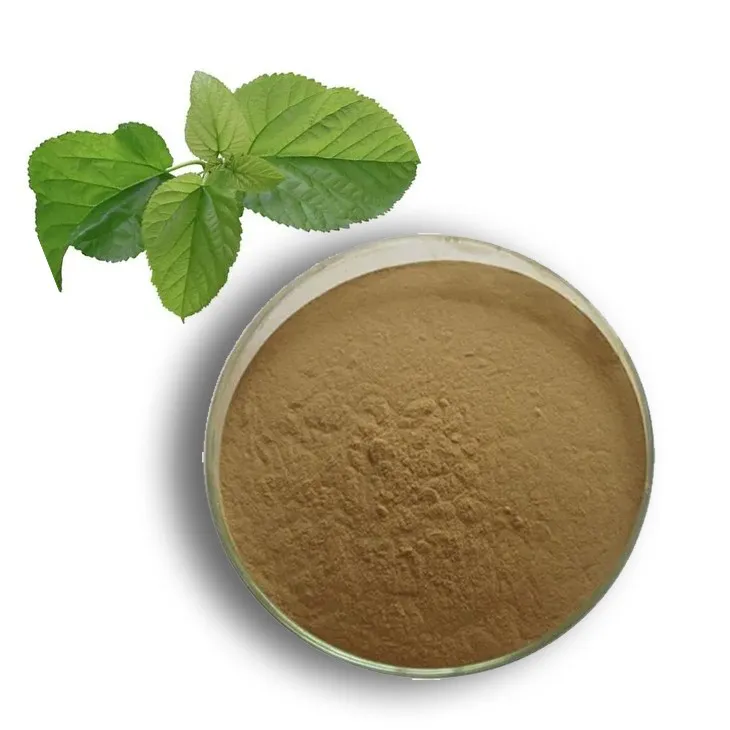
2. What Consumers Should Know
2.1 Usage
Health Supplements: Mulberry leaf Extract is often available in the form of dietary supplements. Consumers may take it to potentially support blood sugar regulation. Some studies suggest that certain compounds in the extract can help in maintaining healthy blood glucose levels. However, it is important to note that it should not be used as a substitute for medical treatment for diabetes or other health conditions without consulting a healthcare provider.
Skincare: In the realm of skincare, mulberry leaf extract is finding its way into various products. Its antioxidant properties, mainly due to the presence of flavonoids, are thought to help in protecting the skin from free - radical damage. This can potentially lead to a reduction in the signs of aging, such as wrinkles and fine lines. It may also be beneficial for those with sensitive or acne - prone skin, as it has anti - inflammatory properties.
2.2 Safety
Allergies: While mulberry leaf extract is generally considered safe for most people, there is a possibility of allergic reactions, especially in individuals who are allergic to mulberries or related plants. Symptoms of an allergic reaction may include skin rashes, itching, swelling, or difficulty breathing. If any of these symptoms occur after using a product containing mulberry leaf extract, it is essential to stop using the product immediately and seek medical attention.
Interactions with Medications: Consumers who are taking medications should be cautious. For example, if you are on medications for blood sugar control, such as insulin or oral hypoglycemic agents, the use of mulberry leaf extract may interact with these drugs. It could potentially lead to hypoglycemia (low blood sugar). Similarly, if you are taking medications that are metabolized by the liver, the compounds in the extract may interfere with the drug - metabolism process. Always consult your doctor before starting to use mulberry leaf extract if you are on any medications.
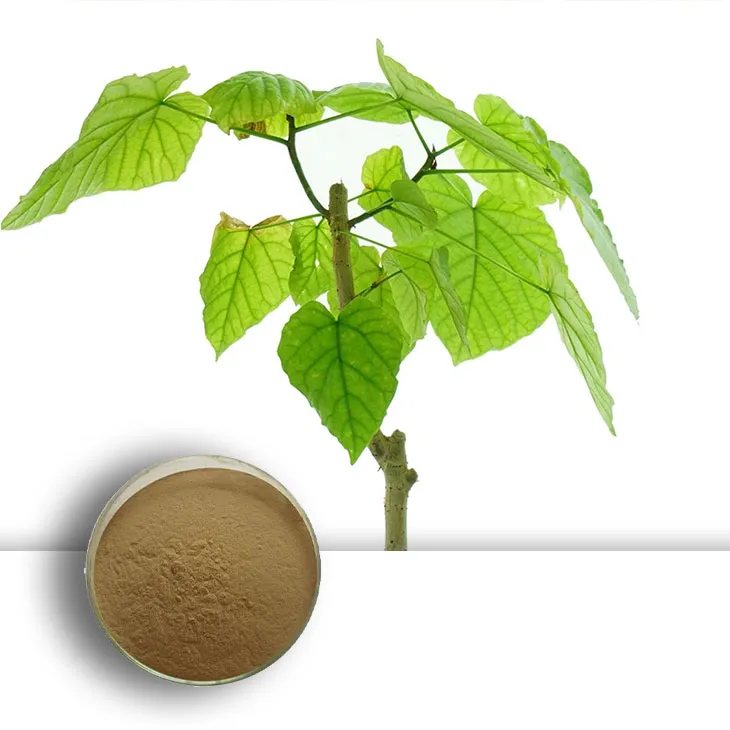
3. What Manufacturers Should Know
3.1 Production
Raw Material Sourcing: Manufacturers need to ensure a reliable source of high - quality mulberry leaves. The quality of the leaves can vary depending on factors such as the variety of the mulberry tree, the geographical location of cultivation, and the harvesting time. It is crucial to source from suppliers who follow good agricultural practices to ensure consistent quality. For example, leaves harvested at the optimal time will likely have a higher concentration of bioactive compounds.
Extraction Methods: There are different extraction methods available, such as solvent extraction, supercritical fluid extraction, and microwave - assisted extraction. Each method has its own advantages and disadvantages. Solvent extraction is a commonly used method, but it requires careful selection of solvents to ensure the purity and safety of the extract. Supercritical fluid extraction, on the other hand, can produce a cleaner extract with fewer solvent residues, but it is more expensive. Manufacturers need to choose the extraction method that best suits their production requirements, cost - effectiveness, and quality standards.
3.2 Marketability
Consumer Demand: Understanding consumer demand is key for manufacturers. Currently, there is a growing trend towards natural and plant - based products, which bodes well for mulberry leaf extract. However, manufacturers need to be aware of the specific needs and preferences of their target market. For example, consumers may be more interested in products that are organic, sustainably sourced, and have clear labeling regarding the benefits and usage of the extract.
Regulatory Requirements: Different regions have different regulatory requirements for dietary supplements and skincare products containing mulberry leaf extract. Manufacturers must ensure compliance with these regulations. This includes proper labeling, safety testing, and meeting quality standards. Failure to comply can result in product recalls, legal issues, and damage to the brand's reputation.

4. Future Perspectives
The future of mulberry leaf extract looks promising. Research on its potential health benefits is ongoing, and new applications may emerge in the fields of medicine, nutrition, and cosmetics. For example, further studies may uncover more precise mechanisms of action for blood sugar regulation or anti - inflammatory effects, which could lead to the development of more targeted products.
Manufacturers may also explore innovative production methods to improve the efficiency and quality of extraction. Additionally, as consumer awareness about natural products continues to grow, there will be opportunities to expand the market for mulberry leaf extract through strategic marketing and product development.
5. Conclusion
In conclusion, mulberry leaf extract has significant potential for both consumers and manufacturers. Consumers can benefit from its potential health and skincare benefits if used safely, while manufacturers can capitalize on the growing market demand by ensuring high - quality production and compliance with regulations. As research progresses and the market evolves, it is likely that mulberry leaf extract will play an increasingly important role in various industries.
FAQ:
Q1: What are the main health benefits of mulberry leaf extract for consumers?
Mulberry leaf extract is rich in various nutrients and bioactive compounds. It may help in blood sugar regulation as it contains compounds that can potentially affect glucose metabolism. It also has antioxidant properties which can combat oxidative stress in the body, potentially reducing the risk of chronic diseases. Additionally, some studies suggest it may have anti - inflammatory effects.
Q2: Are there any potential side effects of mulberry leaf extract for consumers?
While generally considered safe for most people when consumed in normal amounts, some individuals may experience mild side effects. For example, it may cause gastrointestinal discomfort such as nausea or diarrhea in a small number of people. Also, people with certain medical conditions like bleeding disorders should be cautious as it may have blood - thinning effects. Pregnant and breastfeeding women should consult a doctor before using it.
Q3: How can manufacturers ensure the quality of mulberry leaf extract during production?
Manufacturers can start by sourcing high - quality mulberry leaves from reliable suppliers. They should implement strict quality control measures throughout the production process. This includes proper harvesting techniques to ensure the leaves are in optimal condition. During extraction, using appropriate solvents and extraction methods is crucial to preserve the bioactive compounds. Regular testing for purity, potency, and absence of contaminants such as pesticides and heavy metals should also be carried out.
Q4: What are the market trends for mulberry leaf extract products?
The market for mulberry leaf extract products has been growing. There is an increasing demand in the health and wellness industry, especially in products related to diabetes management and antioxidant supplements. The trend also shows a growing interest in natural and plant - based ingredients, which gives mulberry leaf extract an edge. However, competition is also rising as more companies enter the market.
Q5: How can manufacturers make their mulberry leaf extract products more marketable?
Manufacturers can focus on product innovation, such as developing unique formulations or delivery methods. They should invest in marketing strategies that highlight the health benefits and scientific evidence behind the product. Packaging design that is eye - catching and clearly communicates the product's features can also attract consumers. Additionally, obtaining relevant certifications for quality and safety can enhance the product's marketability.
Q6: Can mulberry leaf extract be used in combination with other ingredients?
Yes, it can be combined with other ingredients. For example, in dietary supplements, it can be combined with other herbs or nutrients that complement its effects, such as cinnamon which also has potential blood - sugar - regulating properties. In the food and beverage industry, it can be paired with flavors that enhance its palatability while maintaining its health - promoting qualities.
Related literature
- Mulberry Leaf Extract: A Review of its Phytochemistry, Pharmacology and Potential Applications"
- "The Health - Promoting Properties of Mulberry Leaf Extract: An Overview"
- "Mulberry Leaf Extract in Food and Pharmaceutical Industries: Current Status and Future Prospects"
- ▶ Hesperidin
- ▶ Citrus Bioflavonoids
- ▶ Plant Extract
- ▶ lycopene
- ▶ Diosmin
- ▶ Grape seed extract
- ▶ Sea buckthorn Juice Powder
- ▶ Fruit Juice Powder
- ▶ Hops Extract
- ▶ Artichoke Extract
- ▶ Mushroom extract
- ▶ Astaxanthin
- ▶ Green Tea Extract
- ▶ Curcumin
- ▶ Horse Chestnut Extract
- ▶ Other Product
- ▶ Boswellia Serrata Extract
- ▶ Resveratrol
- ▶ Marigold Extract
- ▶ Grape Leaf Extract
- ▶ New Product
- ▶ Aminolevulinic acid
- ▶ Cranberry Extract
- ▶ Red Yeast Rice
- ▶ Red Wine Extract
-
Dandelion Root Extract
2024-12-10
-
Citrus Aurantium Extract
2024-12-10
-
Uridine-5'-monophosphate Disodium salt
2024-12-10
-
Lavender Extract
2024-12-10
-
Medicinal Marshmallow Extract
2024-12-10
-
Dan Shen Root Extract/Salvia Root Extract
2024-12-10
-
Oat Straw Extract Powder
2024-12-10
-
Curcuma Longa Extract/Turmeric extract
2024-12-10
-
American Ginseng Root Extract
2024-12-10
-
Eucommia Ulmoides Extract
2024-12-10











